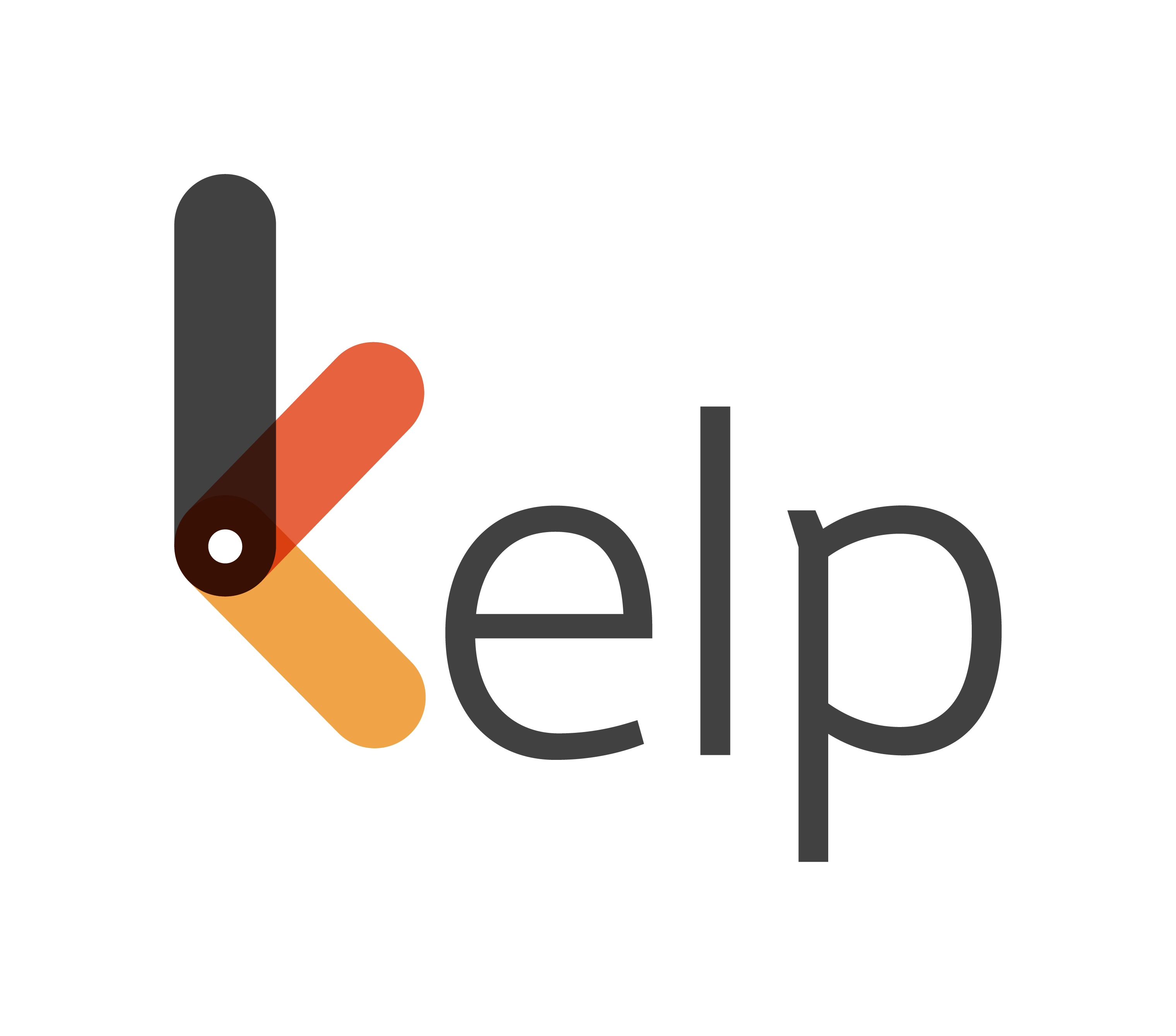
Sexual harassment in the workplace is a deeply complex issue that transcends mere attraction or desire. At its core, it’s often about power dynamics that perpetuate an environment of intimidation and vulnerability. This article delves into the link between power dynamics and sexual harassment, supported by compelling statistics and historical anecdotes, while offering insights on alternative approaches to address this pervasive issue.
(1) Statistics and Data on Power Dynamics in Sexual Harassment:
Statistics from various studies indicate that sexual harassment is primarily about power and control. A survey conducted by the Equal Employment Opportunity Commission (EEOC) in the United States found that over 75% of workplace harassment incidents involve a power dynamic, where the harasser holds authority over the victim. Also, a study published in a journal on Organizational Behaviour and Human Decision Processes revealed that sexual harassment is often perpetrated by individuals seeking to assert dominance rather than being driven by romantic interest. These findings underline that sexual harassment is a manifestation of unequal power relationships, fostering an environment of fear and exploitation.
Further, a paper published in American Sociological Review stated that (a) harassment disproportionately affects people from vulnerable groups (women, differently abled, queer, racial minorities) and also that (b) those who threaten the status quo, and privileged group dominance are more susceptible to harassment.
Even in our experience as investigators in cases of workplace sexual harassment, we have noted that very often the victims are young women and freshers who may be seen as more pliable and accepting of harassing behaviours. This is also indicative that with little to no bargaining power in the organizational matrix, many women feel it is their lot to put up with these behaviours, and feel helpless and unwilling to speak out about it.
(2) Historical Anecdotes Highlighting the Evolution of Women in the Workforce:
Historical context underscores the correlation between women’s increased presence in the workforce and the persistence of power-driven harassment. As women gradually entered professional domains, they faced resistance from established patriarchal norms. For instance, during the industrial revolution, women entered factories and offices, challenging traditional gender roles. However, this transition was met with scepticism and, in some cases, hostility. Women were subjected to derogatory comments, unwanted advances, and hostile work environments. These historical anecdotes illuminate the enduring struggle against unequal power dynamics that continue to facilitate sexual harassment today.
Takeaways and Suggestions for a Different Approach:
To address the link between power dynamics and sexual harassment in the workplace, a multifaceted approach is necessary:
Education and Awareness: Comprehensive training programs should emphasize the distinction between professional behaviour and harassment. Employees at all levels should understand the negative consequences of power-driven harassment on individual well-being and organizational success.
Empowerment Initiatives: Encourage the establishment of mentorship programs, where experienced employees can guide newcomers, regardless of gender. Empowering victims to speak out against harassment without fear of retaliation can dismantle power imbalances.
Leadership Accountability: Leadership must make zero tolerance a constant talking point and give its due place in the organizational culture and values. Leaders should be held accountable to implement transparent reporting and redressal mechanisms to ensure that harassers, regardless of their position, face appropriate consequences.
Cultural Transformation: Foster a workplace culture that helps the people in it maintain boundaries. No one should be asked or expected to do more or anything other than their professional obligations. Organizations should actively engage in dialogue and initiatives that challenge traditional gender roles and power structures.
Robust Policies: Develop and enforce strong anti-harassment policies that protect all employees, irrespective of their gender or position. Policy has to be strong and clear, backed by equally strong and clear implementation. Regularly assess and adapt these policies to meet evolving needs.
Collaborative Efforts: Industry associations, governmental bodies, and civil society organizations should collaborate to drive change. Sharing best practices and pooling resources can create a collective force against power-driven harassment. Initiatives like the KelpHR PoSH Awards – Top 25 Safest Workplaces in India are a move to positively incentivise organisations to make safety a priority and a matter of pride, and to learn from other industry leaders.
In conclusion, the link between power dynamics and sexual harassment in the workplace is undeniable. By recognizing that harassment is more about control and dominance than attraction, society can adopt a more empathetic and effective approach to tackling this issue. Embracing education, empowerment, and cultural transformation can pave the way for workplaces where individuals can thrive without the shadow of harassment, ultimately leading to more equitable and inclusive professional environments.
About KelpHR
KelpHR was incorporated in 2013 to provide the best HR solutions to organizations, and to improve workplace culture across the board. Over the last 10 years, we have serviced more than 700 clients in India and a few overseas, across various industries in the areas of PoSH (prevention of sexual harassment at workplace), D, E & I (Diversity, Equity & Inclusion) and EAP. But the common objective of all of these services is to build safer, happier, incl usive and productive workplaces.
For our services related to Prevention of Sexual Harassment (PoSH), Diversity, Equity and Inclusion (D,E &I) and Employee Assistance programs (EAP) do get in touch with us at info@kelphr.com, call +91-95001-29652 and we’d be able to help you with customized offerings suited to your organization.








